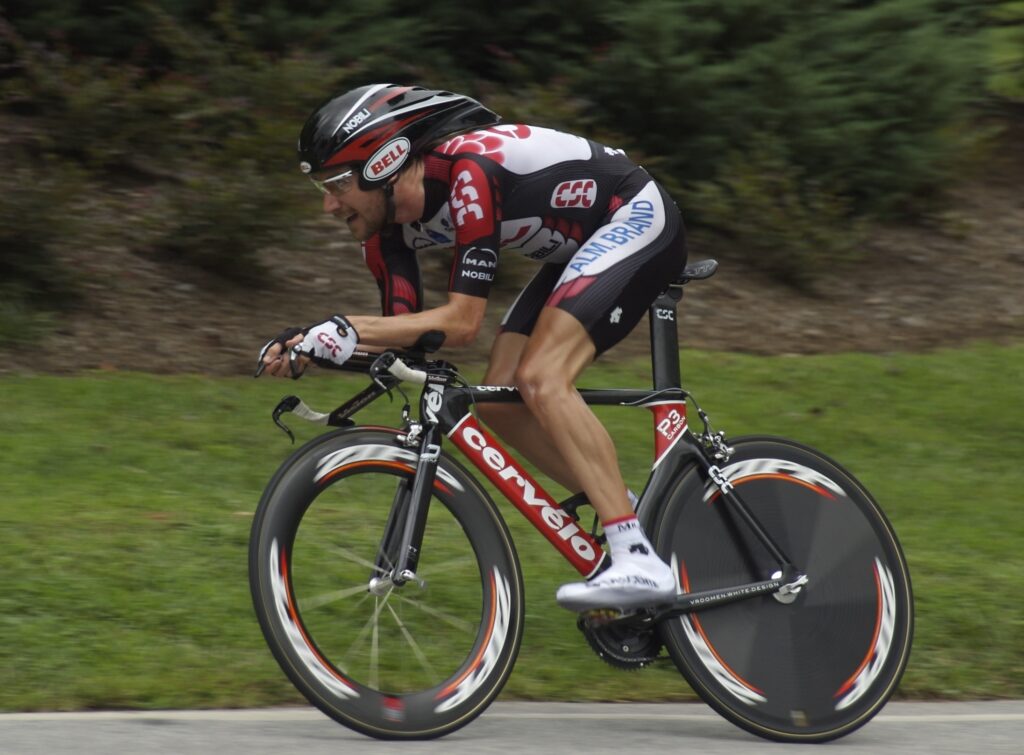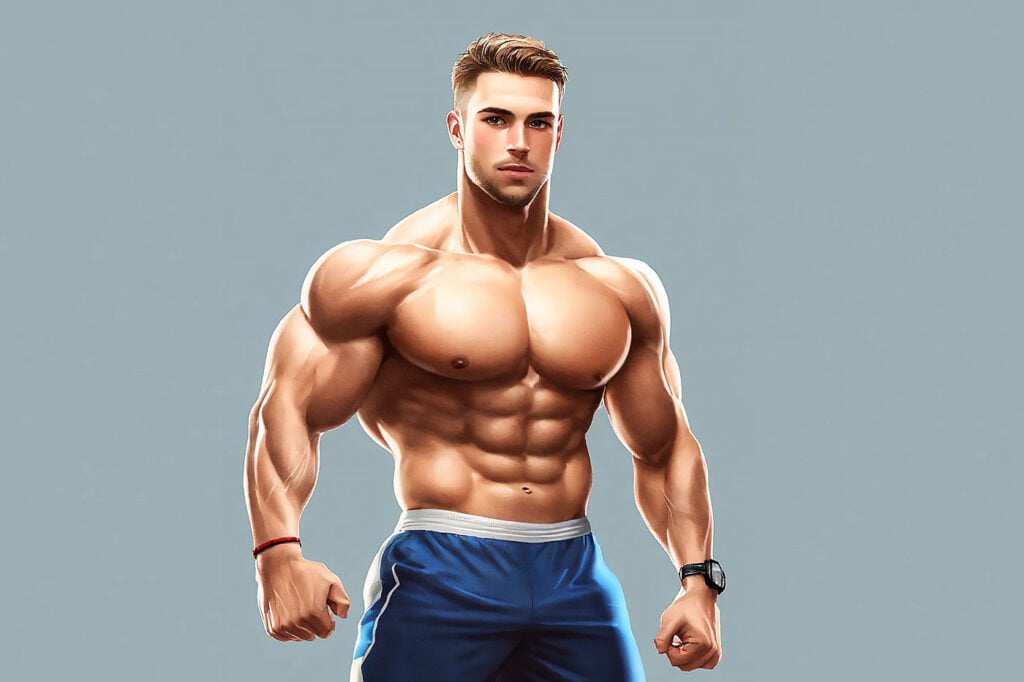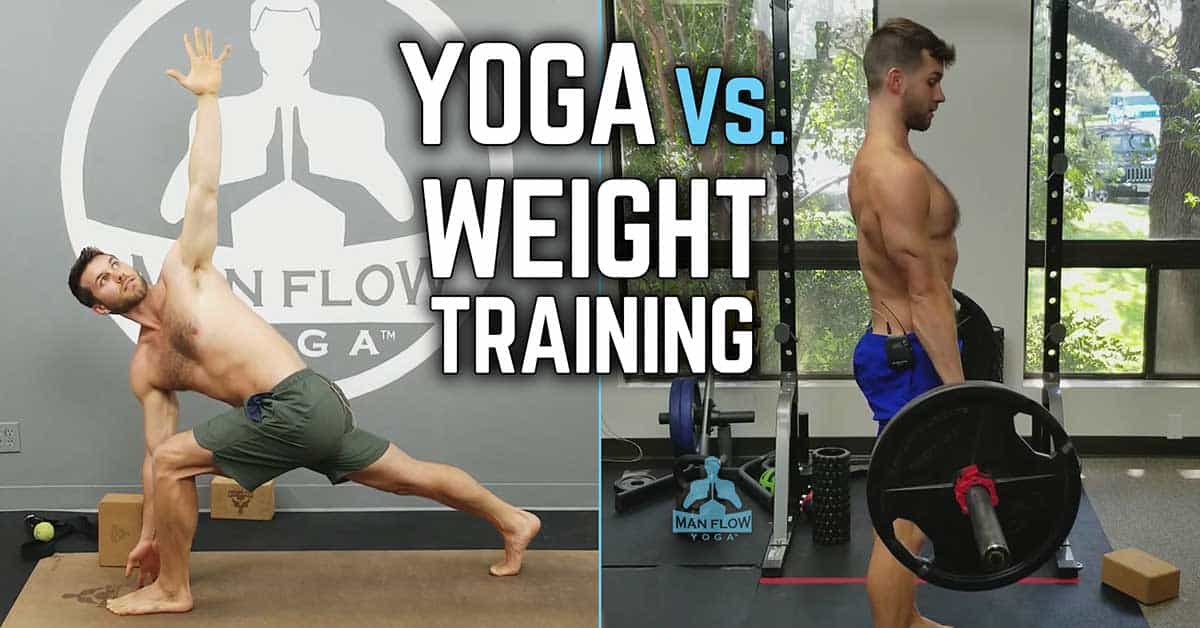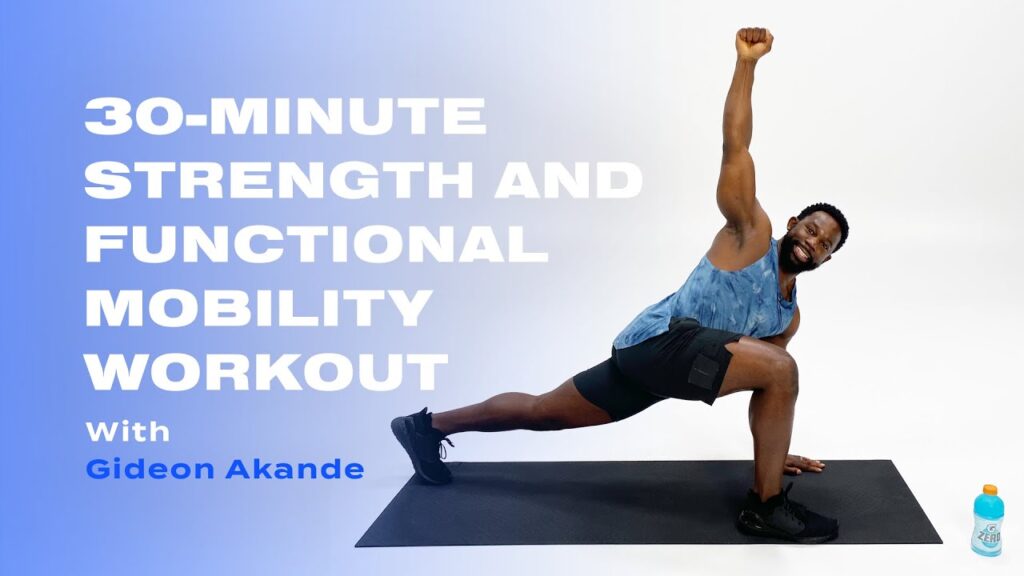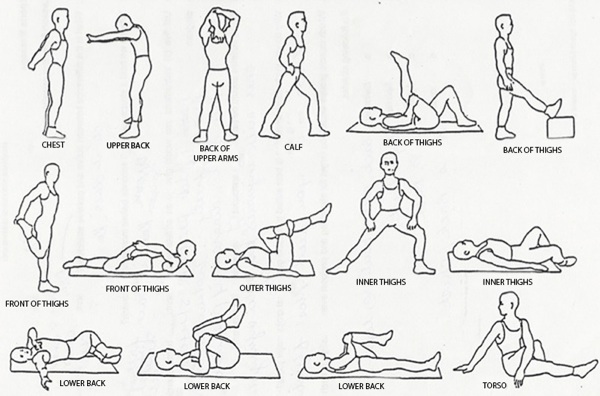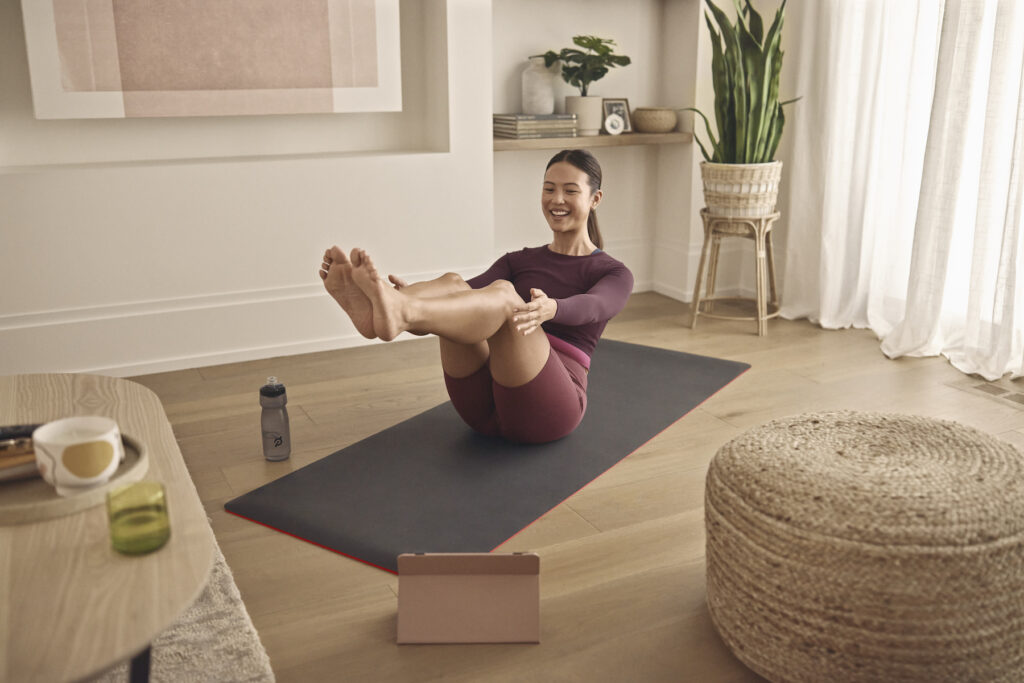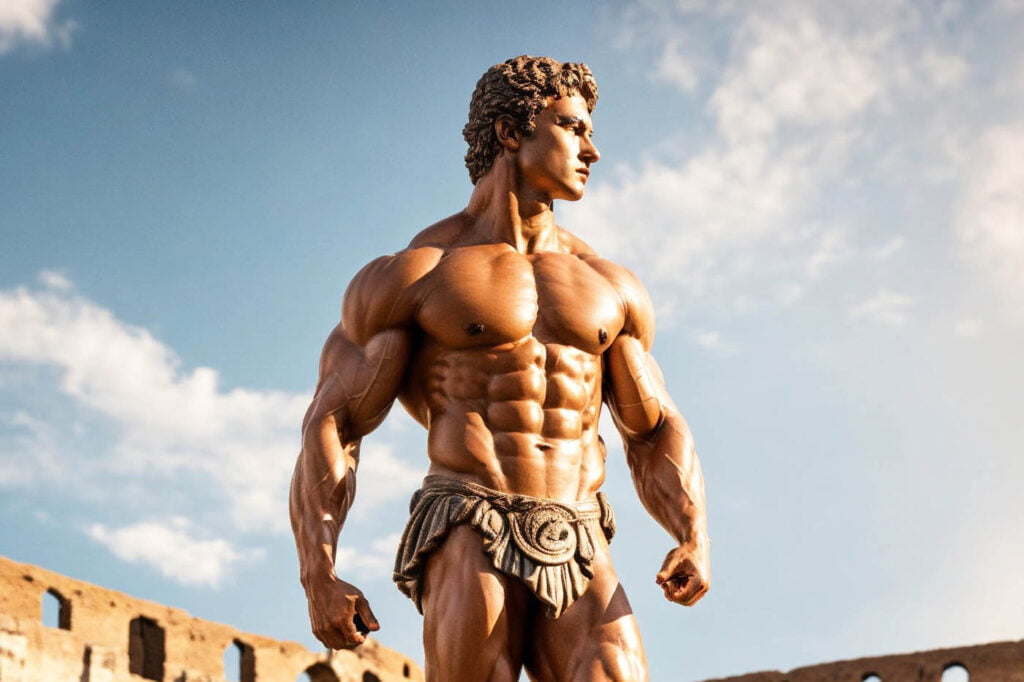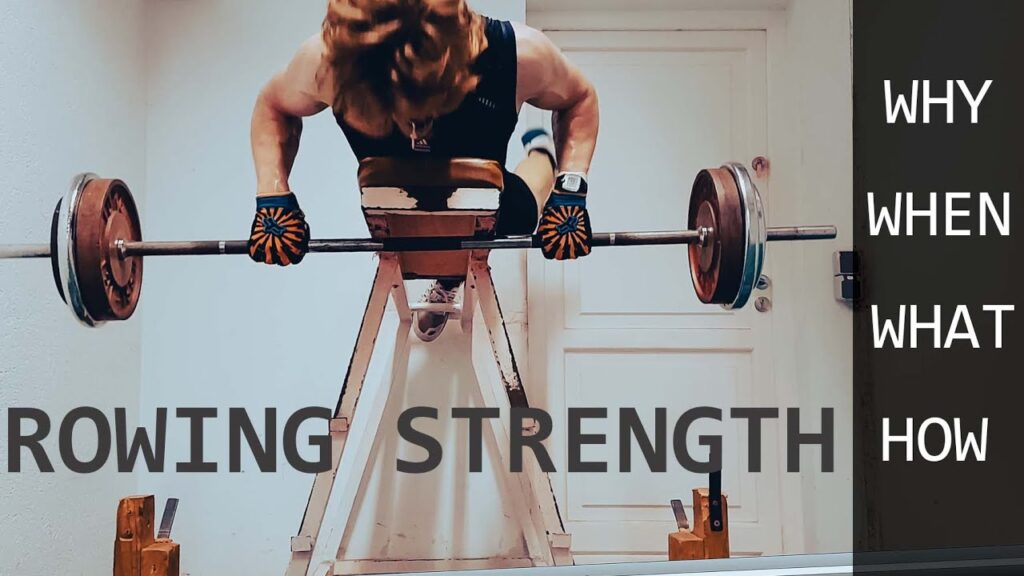Swimming builds muscle in the arms, shoulders, back, core, and legs. It provides a full-body workout.
Swimming is an excellent way to build muscle while improving cardiovascular health. The resistance of the water works against your body, engaging various muscle groups. Each stroke targets different areas, ensuring a balanced workout. Freestyle strengthens the shoulders, chest, and triceps, while backstroke emphasizes the back and leg muscles.
Butterfly stroke is demanding, focusing on the chest, core, and arm muscles. Breaststroke works the thighs and hamstrings. Swimming also enhances flexibility and endurance. It’s a low-impact exercise, reducing the risk of injury. Perfect for all ages and fitness levels, swimming offers a comprehensive approach to muscle building and overall fitness. Dive in to reap the benefits!
Introduction To Swimming And Muscle Building
Swimming works every muscle in your body. Each stroke uses your arms, legs, and core. This makes swimming a full-body workout. It helps in building muscle all over. You will see stronger arms and legs. Your core muscles also get stronger. Swimming is also a low-impact exercise. This means it is gentle on your joints. Many people can swim, even with injuries. Swimming is fun and healthy.
Strong muscles help you in many ways. You can do daily activities better. Strong muscles support your bones. This can protect you from injuries. Muscle strength also improves your balance. Swimming helps you build muscle strength without lifting weights. Your heart and lungs also get stronger. Swimming makes your whole body fit and healthy.
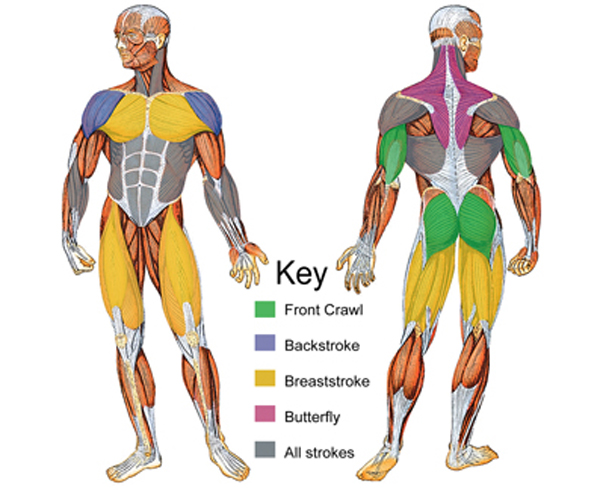
Credit: www.activesgcircle.gov.sg
Upper Body Muscles Engaged
Swimming engages upper body muscles, targeting the shoulders, back, and arms. This full-body workout enhances strength and endurance effectively.
Shoulders And Deltoids
Swimming works the shoulders and deltoids. These muscles help you move your arms. They stabilize the shoulder joints. Regular swimming can make them stronger and more defined.
Arms And Triceps
The arms and triceps get a good workout in the pool. Each stroke pushes water, building muscle. You will notice more muscle tone with consistent swimming. Triceps are especially engaged during strokes like freestyle and backstroke.
Chest And Pectorals
Chest muscles or pectorals are also used. These muscles help you push water. Swimming can make them firm and strong. Breaststroke and butterfly are great for the chest.
Core Strength And Stability
Swimming helps build the abdominal muscles. It engages the core during every stroke. This keeps the body stable in the water. The obliques also get a workout. They are the muscles on the side of your abdomen. Swimming twists and turns the body, which strengthens the obliques.
The lower back muscles are also used. They keep the body straight. This improves posture and reduces back pain. Swimming is a great way to get a full-core workout.
Lower Body Muscles Worked
Swimming helps to build strong quadriceps and hamstrings. These muscles are used in kicking. Kicking helps to strengthen the legs. The flutter kick is very effective. It engages both the quadriceps and hamstrings. The breaststroke also works these muscles. Strong legs help you swim faster.
The calves and glutes are important for swimming. Strong calves help you push off the wall. This gives you a powerful start. The glutes help you stay afloat. They also help you move smoothly through the water. Swimming works these muscles continuously. This makes them strong and toned.
Specific Strokes And Muscle Engagement
Freestyle targets many muscles. The shoulders and arms get a good workout. Core muscles stay tight to keep balance. Legs kick and build strength.
Backstroke works the upper back and shoulders. Legs still kick hard. Core muscles help keep the body flat. This stroke also helps with posture.
Butterfly is tough but rewarding. Shoulders and chest do most of the work. Core muscles stay strong to lift the body. Legs move like a dolphin kick.
Breaststroke focuses on the inner thighs and glutes. Arms move in a circular motion. Core muscles help keep the rhythm. Legs do a frog-like kick.

Credit: m.youtube.com
Endurance And Muscle Tone
Swimming helps both aerobic and anaerobic systems. Aerobic exercises use oxygen. They build endurance. Anaerobic exercises do not use oxygen. They build muscle strength.
Swimming combines both types. It improves cardiovascular health. It also builds muscle. Different strokes work different muscles. Freestyle targets the shoulders and legs. Breaststroke works the chest and arms. Backstroke strengthens the back muscles.
Regular swimming leads to long-term muscle definition. Muscles grow stronger over time. Consistent practice is key. Swimming also helps with fat loss. This makes muscles more visible.
Endurance and tone improve with each session. Swimming provides a full-body workout. It targets many muscle groups. Over time, the body becomes more toned and defined.
Complementary Exercises For Swimmers
Dryland training helps swimmers build muscle strength. It includes activities like running and jumping. These exercises improve cardio fitness. They also help with balance and coordination. Swimmers can do planks and squats. These exercises target the core and legs. Strong core and legs help swimmers swim faster.
Strength training is very important for swimmers. Lifting weights builds muscle power. It helps with endurance. Swimmers can do exercises like bench presses and deadlifts. These exercises focus on the upper body and back. Strong upper body and back muscles help with stroke power. Swimmers should also do pull-ups. This exercise strengthens the arms and shoulders.
Stretching is key for flexibility. Flexible muscles reduce the risk of injuries. Swimmers can do yoga and dynamic stretches. These activities improve joint mobility. Stretching after workouts helps muscles recover. It also reduces soreness. Swimmers should focus on stretching the hamstrings and shoulders. Flexible hamstrings and shoulders help with better stroke technique.
Tips For Maximizing Muscle Gains
Swimming with the right technique can build muscles effectively. Always keep your body streamlined. Your strokes should be smooth and controlled. This helps engage the right muscle groups. Avoid overextending your arms or legs. It can lead to injuries.
Focus on maintaining a balanced stroke. This will ensure all muscles get worked. Regular practice is key. Watch videos or get a coach to improve your form. Good form reduces the risk of injury.
Eating a balanced diet supports muscle growth. Include plenty of protein in your meals. Proteins help repair and build muscles. Carbohydrates provide the energy needed for swimming. Healthy fats are also important.
Drink lots of water. Staying hydrated is crucial for muscle function. Avoid junk food. It can hinder muscle growth. Consider talking to a nutritionist. They can help create a diet plan.
Rest is just as important as exercise. Muscles grow when you rest. Get at least 8 hours of sleep each night. This helps your body recover. Take rest days between intense swimming sessions. It prevents overtraining.
Stretching after swimming can aid recovery. Use foam rollers to massage sore muscles. Consider light activities on rest days. Walking or yoga can keep your body active without strain.
Conclusion And Final Thoughts
Swimming works many muscle groups. It helps build strength in the arms, legs, and core. Swimmers often have strong shoulders and back muscles. This exercise is great for cardiovascular health too. It can improve endurance and help with weight management. Swimming is also easy on the joints, making it suitable for all ages.
Start with short sessions. Gradually increase the time and intensity. Mix different strokes to work various muscles. Include swimming two to three times a week. Pair it with other strength training exercises. Remember to stretch before and after swimming. This helps prevent injuries and improves flexibility.
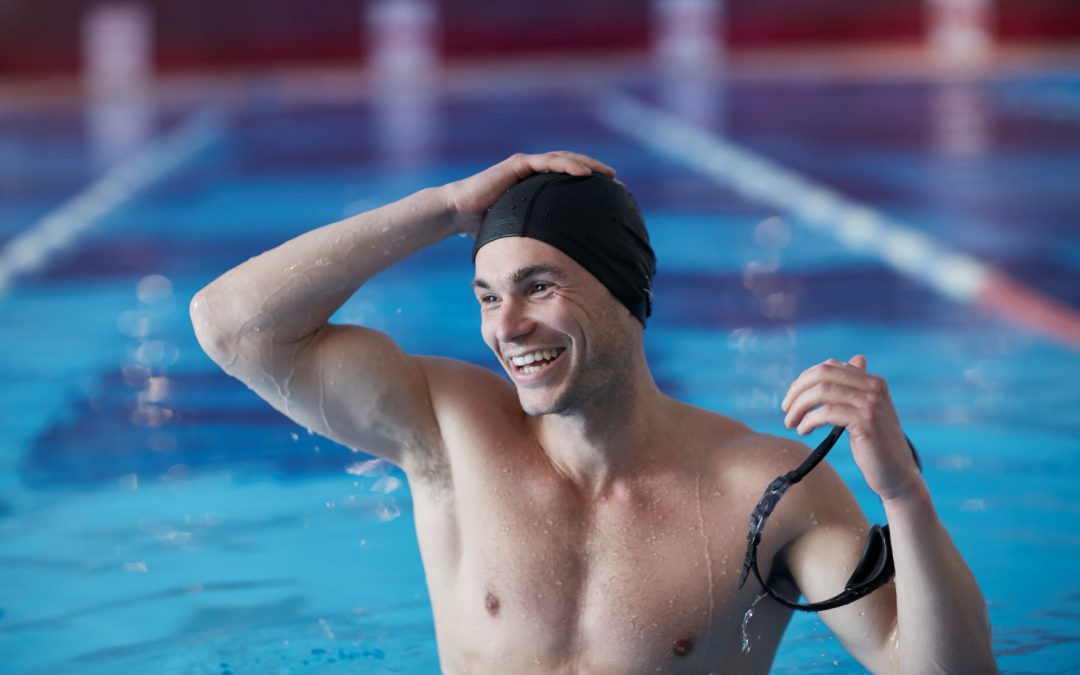
Credit: www.hussle.com
Frequently Asked Questions
Does Swimming Build Muscle Mass?
Yes, swimming builds muscle mass. It engages multiple muscle groups simultaneously. The resistance of water provides a full-body workout.
Which Muscles Does Swimming Target?
Swimming targets various muscles. It primarily works the shoulders, back, core, and legs. Each stroke emphasizes different muscle groups.
Is Swimming Good For Core Strength?
Yes, swimming is excellent for core strength. The constant movement and balance required engage the abdominal muscles effectively.
How Does Swimming Tone Muscles?
Swimming tones muscles through continuous resistance. The water’s resistance helps in sculpting and defining muscles over time.
Conclusion
Swimming effectively builds muscle across the entire body. It targets your core, arms, legs, and back. Regular swimming improves strength, endurance, and overall fitness. Dive into swimming to enjoy a full-body workout and muscle growth. Make swimming a part of your routine for lasting health benefits.


